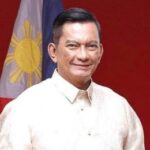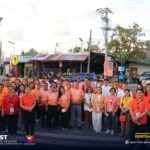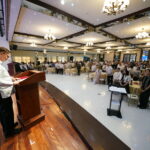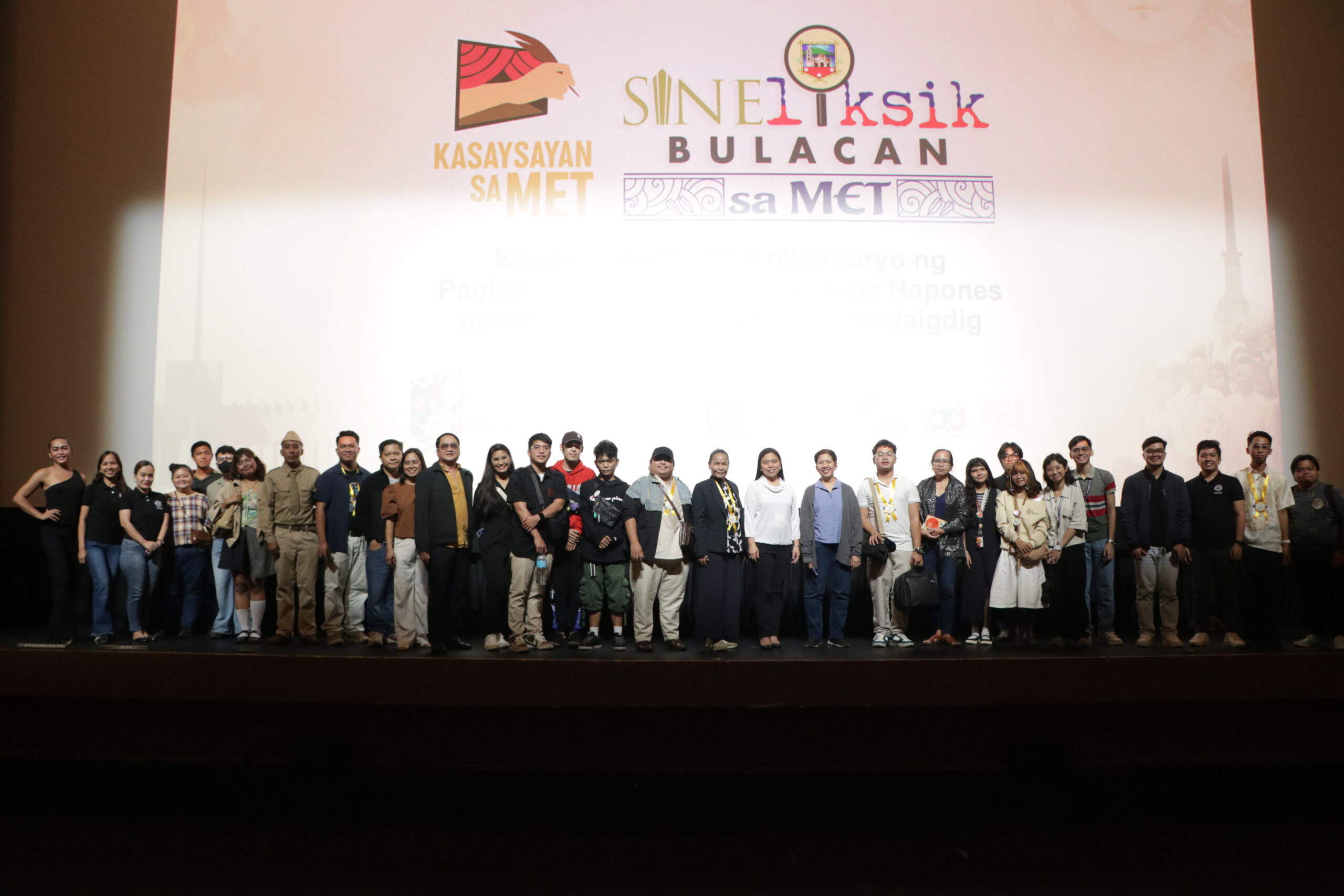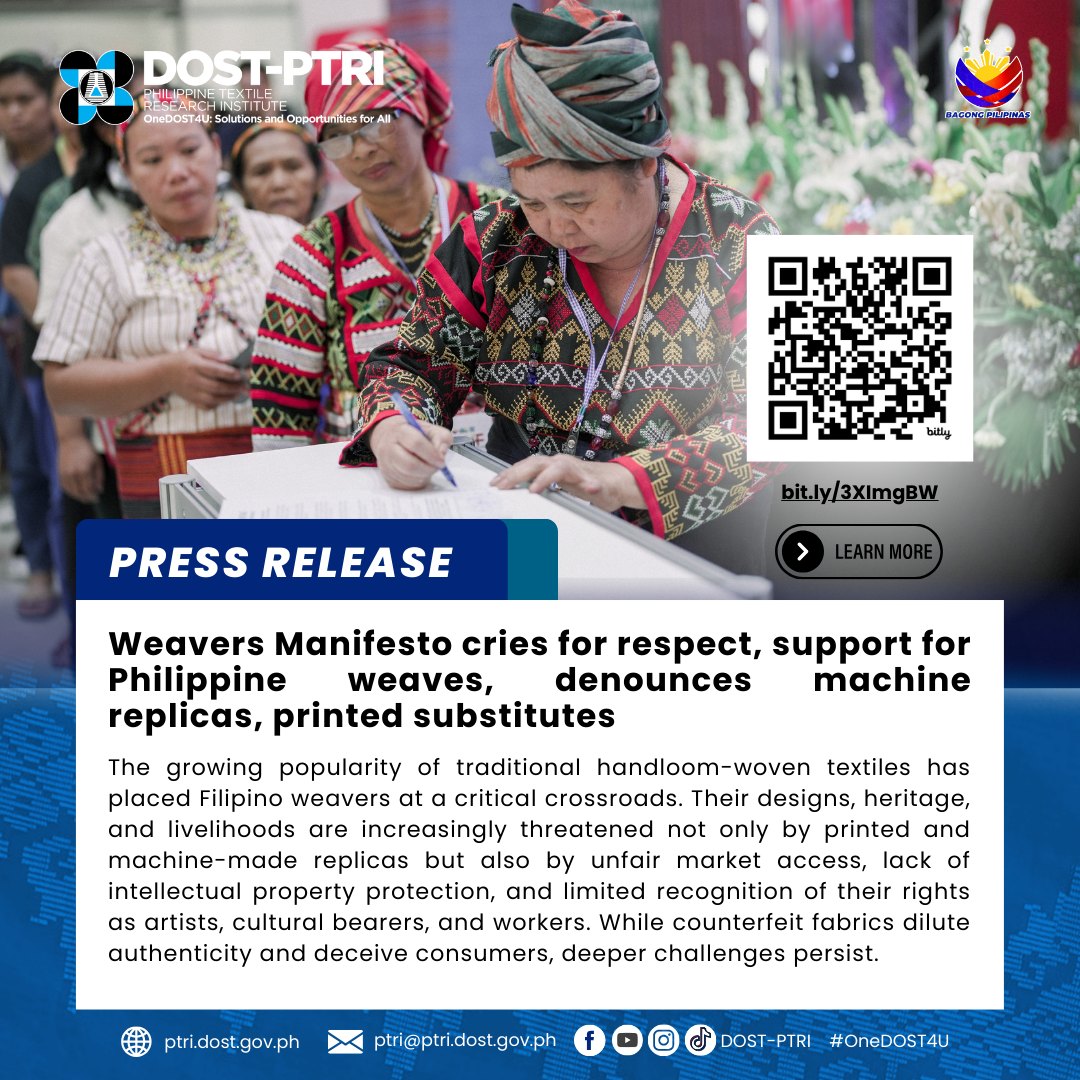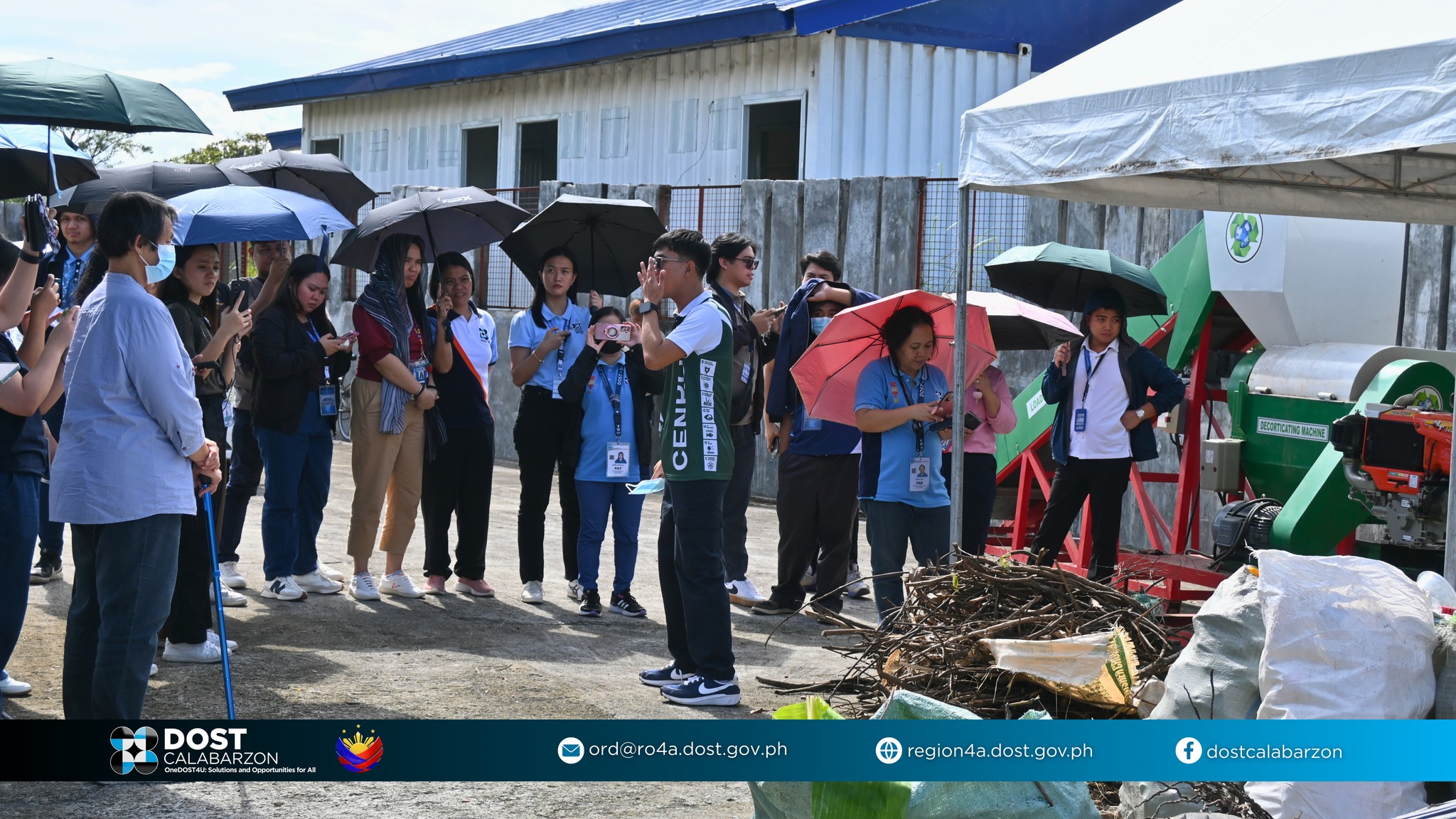By Severino C. Samonte
Did you know that the first proposal or move to amend or change some of the provisions of the 1987 Constitution happened in 1997 and that then President Fidel V. Ramos (FVR) became a prime suspect in initiating it to pave the way for the extension of his term which was due to end on June 30, 1998?
Yes, its launching prompted former President Corazon C. Aquino (CCA) to personally see and ask Ramos to stop the group behind the People’s Initiative for Reform, Modernization and Action (PIRMA) movement which was pushing for constitutional amendments through a signature campaign nationwide.
This and related information were disclosed by FVR himself in the book “Behind the Red Pen (My Adventures with FVR)” written and published in 2021 by veteran presidential reporter and writer Gaudioso “Jojo” Terencio III. The book was edited by Iris Cecilia Gonzales of the Philippine Star.
Terencio began his journalism career in 1991 as part of the Presidential Press Staff of the Office of the Press Secretary (OPS) in Malacañang. From being a junior reporter, he rose quickly from the ranks to become the chief presidential reporter until he left the government in 2001 to join the private sector. His long stay at the Palace Press Office gave him the privilege to cover, aside from CCA and FVR, two more presidents, namely: Joseph E. Estrada and Gloria Macapagal-Arroyo.
In the 212-page “Behind the Red Pen” book, in Chapter 46 subtitled “Saying ‘No’ to Cory,” Terencio narrated FVR had told him in February 1997 that Mrs. Aquino’s allies and other government critics accused him of supporting PIRMA then led by Philippine Charity Sweepstakes Office (PCSO) Chairman Tomas Morato, journalist Carmen Navarro Pedrosa and her husband, former Ambassador Alberto Pedrosa.
FVR said CCA asked him to stop the PIRMA group’s activities during their private meeting on February 23, 1997 at the residence in Ayala Alabang Village of Christopher Carrion, founding chairman of the Spirit of EDSA Movement.
“To Cory’s disappointment, FVR told her that he could not stop the signature campaign which, at the time, was already gaining ground. FVR justified that stopping the initiative would be violating the people’s right to freedom of expression. It’s a right I am bound to uphold,” Terencio wrote, quoting FVR.
FVR also told Cory during the meeting: “As President who is responsible for the well-being of the people and for our national interest, I will not curtail the right of the people to know what the important issues are regarding the 1987 Constitution.
“What has been started — not by me but people’s group — must be allowed to emerge, to come out. Unfortunately, some of these have to do with the term or extension issues, but I have made my position very clear… I am not a part of it, I am not for it. I don’t think you will find a stronger defender or protector of the 1987 Constitution than your incumbent President,” FVR stressed.
Terencio also narrated that the FVR-Cory meeting happened in February 1997. The following month, the Supreme Court voted 14-0 disallowing the PIRMA petition to change the Constitution. It cited that there was no enabling law on the people’s initiative. On June 10, 1997, the SC dismissed with finality the motion for reconsideration filed by the PIRMA proponents and the government counsels.
With that ruling, many people thought the proposed charter change issue was finally put to rest. On June 14, 1997, however, FVR surprised many people by announcing that he had directed the Legislative-Executive Development Advisory Council or LEDAC to fast-track a bill on people’s initiative, based on the reasons cited by the SC on why it rejected the petition.
The new presidential pronouncement drove the anti-charter change groups led by the Catholic Church and the Cory Aquino allies to intensify their campaign, leading to an indignation rally at the Rizal Park in Manila on September 21, 1997, the 25th anniversary of the declaration of martial law in the country by former President Ferdinand E. Marcos, Sr. (PNA)

